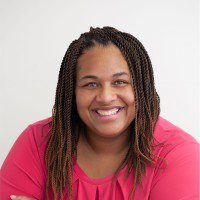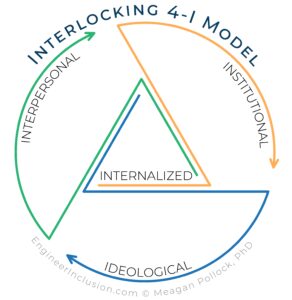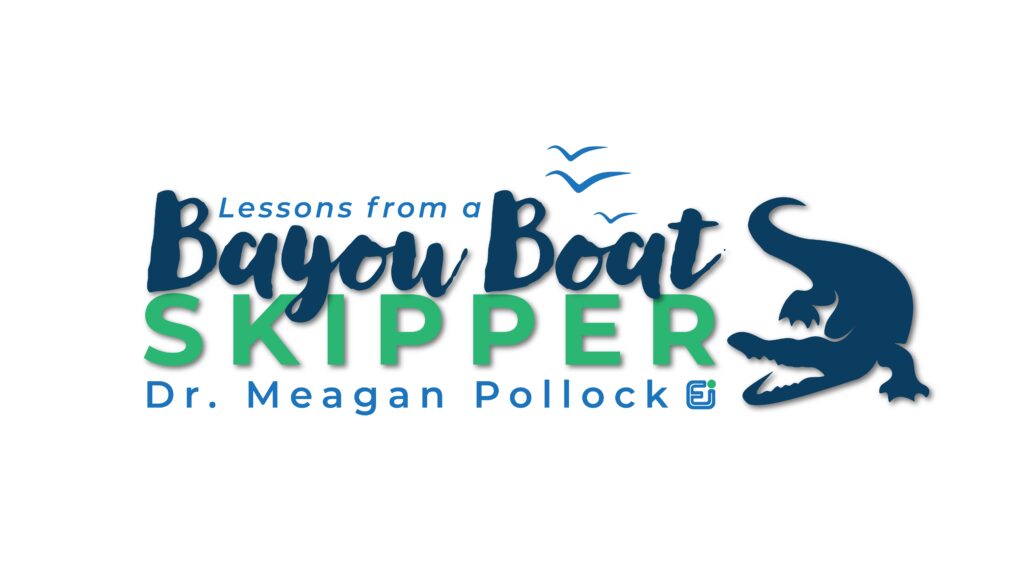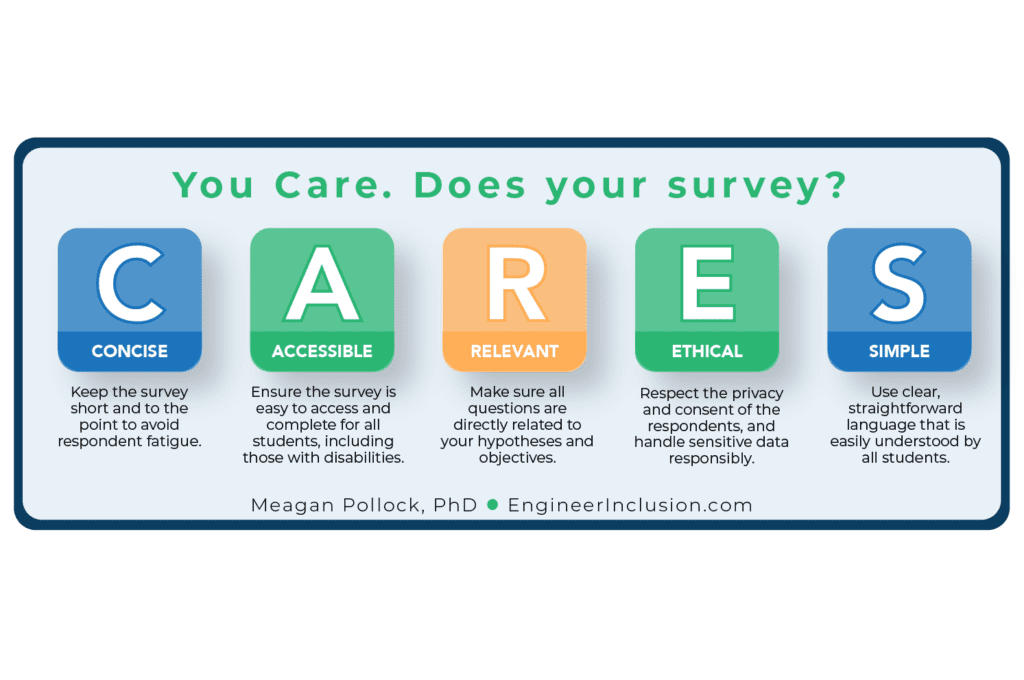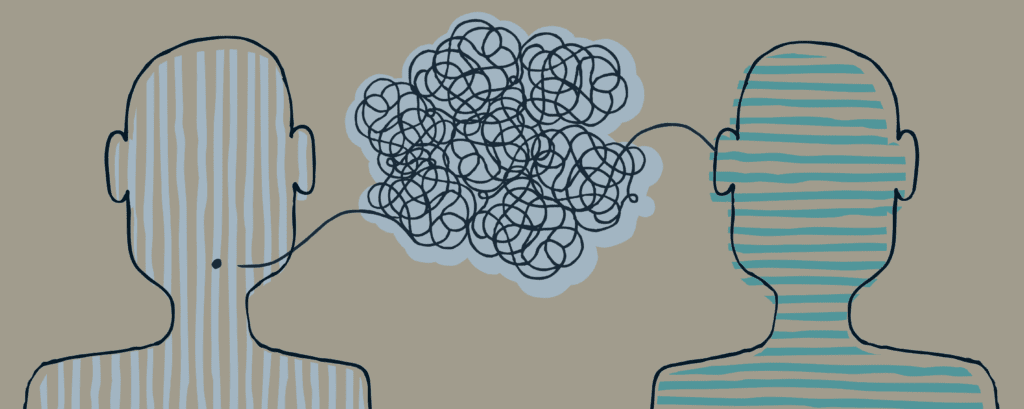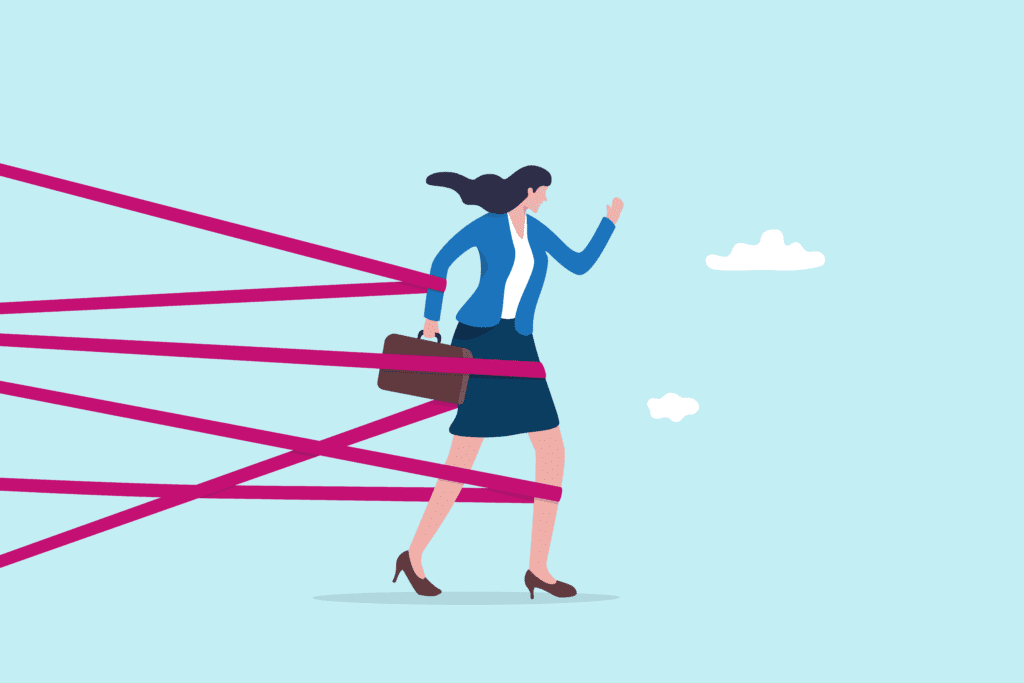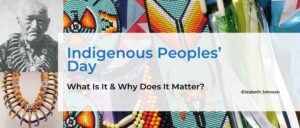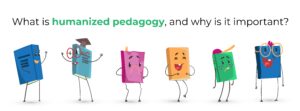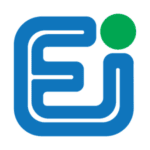This blog post provides a personal account of one of our 2023 participants in the Intentionally Engineer Inclusion® program and her experience engaging with the identifying systemic barriers activity, a key component of our program aimed at fostering deeper understanding and action toward systemic inclusion.
Dr. Lindsay-Law brings a rich background in education and a lifelong commitment to inclusion. In this article, she offers an insightful exploration of the challenges and opportunities in identifying and addressing systemic barriers within educational institutions. Through her narrative, she shares her journey of growth, reflection, and the pursuit of equitable solutions.
It’s important to note, however, that Dr. Lindsay-Law’s interpretation of our framework—the Interlocking Four I’s of Advantage and Disadvantage—differs from the original model presented in the Intentionally Engineer Inclusion® program. While her exploration and application of the concepts offer valuable perspectives, readers should be aware of this deviation when considering the theoretical underpinnings of her analysis.
We believe diverse voices and experiences enrich the conversation around diversity, equity, and inclusion. Thus, despite the differences in interpretation, we are excited to showcase Dr. Lindsay-Law’s work as a testament to the impact of our program and the importance of doing the work in DEI. Her reflections underscore the complexity of systemic change and the necessity of continuous learning and adaptation in our journey toward more inclusive communities and organizations.
We invite you to engage with Dr. Lindsay-Law’s experiences and insights, considering the broader context of DEI efforts and the foundational principles of the Engineer Inclusion framework. Her story is a reminder of the value of perspective-taking, the power of personal growth, and the critical role of empathetic and informed action in the pursuit of equity and inclusion for all.
Learn about the 4-I Model
Read our article How to Practice Systems Thinking for Systemic Change and download a PDF of the 4-I model.
Click HereDownload the Activity
You can do it, too! Download a PDF with the activity instructions, an example, and a worksheet.
Click HereIdentifying Patterns
Since I was a little girl, I have been mission-oriented to inclusion and community, whether in church, neighborhood, or school. Whether I experienced or witnessed it, I wanted to do something when there was exclusion. However, I often did nothing as a child because of my limited understanding. Sometimes, I felt like I should not rock the boat, remembering, “I spoke up last time, and it caused additional hardships.”
In middle school, I was trained to be a peer mediator and would facilitate conversations among peers experiencing conflict. At my core, I have always sought an inclusive community where justice and innovation could reside together.
Throughout my life, I have been keenly aware of injustices, limiting beliefs, and inequities; however, I did not know what to do with this information all the time.
Over time, I have learned the constant art of reflection and refinement. There are many ways to accomplish a task. After leaving the daily responsibilities of public education, I took a position that supports the educational sector and allows me to gain clarity on my other professional opportunities within the educational sector. Around this time, a colleague introduced me to Dr. Pollock and her resources.
Dr. Pollock provided a cohort-based course in 2023 called Intentionally Engineer Inclusion® to explore how to engineer inclusion. In this course, there are videos, activities, and strategies to assess and design takeaways for implementation for inclusion in your personal and professional lives.
During the Course
I had the opportunity to engage in one activity to identify systemic barriers within the educational institution. I am a visual planner at heart. I find value in visually mapping out the next steps. This activity allowed me to gain clarity and develop a plan to execute.
Through completing this activity, I saw multiple perspectives and no “right or wrong” way to complete a task. The biggest thing with inclusion is that you must be open to various perspectives and not be attached to one form of accomplishing a task. At this time, it was post-pandemic, and everyone wanted to examine how to provide a quality education for every student. So, as an educator, I explored this concept using the identify systemic barriers activity.
My subject was quality education for every student. Then, I used Engineer Inclusion’s Interlocking Four I’s framework to identify inequities, obstacles, and exclusionary practices within the educational institutions I am connected to and consider my role in each. The narrative below is my interpretation of the four I’s in the exercise, but you can learn more about systemic thinking here.
Four Barriers
Ideology: This barrier deals with generalizations and disempowering beliefs. With this barrier, we must write out thoughts and opinions and then go back and interrogate whether these thoughts and ideas are accurate. These thoughts and beliefs are often established in deficit rather than asset-based thinking. Here, I thought about what I would hear from various individuals about the quality of education.
“There is so much knowledge, but students are not motivated to get the knowledge.”
“True Americans go after what they want!”
“These children do not want it!”
“Students do not want it.”
“The younger generations do not care.”
Throughout my lived experience, I know this is not true. Over the years, the students in my classes have demonstrated their greatness and ability to engage with themselves, their learning experiences, and their communities through multiple learning styles and outcomes.
Interpersonal: This barrier deals with assumptions we make about systems, circumstances, and individuals. This barrier is where bias and preconceived notions emerge about plans, events, and individuals. For instance, some may feel they received a quality education that allowed them to gain employment; therefore, students need to do it. They need to figure it out. This statement does not consider the potential barriers, inequities, and exclusionary practices that may limit opportunities and access points. Even though this is interpersonal as I completed the activity, I needed to consider the connection between ideology and interpersonal barriers and how generalization and disempowering beliefs may appear as I engage with individuals. Do I demonstrate compassion and empathy for all children regardless of my lived experience and perspective? Just because you overcame it does not mean we all must endure and suffer. I value inclusion, community, and a sense of belonging, so for me, it is vital for leaders and individuals with power and provision to advocate and remove limitations and increase opportunities for all students.
Institutional: This barrier identifies the preconceived notions and limitations on the system if you interrogate! By exploring this barrier, we found a connection to survivorship bias. Survivorship bias is where we focus on the individuals who survived and say, “See, they did it;” however, what about everyone who experienced the education, event, or activity? What about them? To analyze transformation, we must examine the entire group, team, community, or organization. If one of us shines, we all shine. If there are barriers that we do not remove, then we do not have the fullness of creativity and humanity demonstrated within our community or society.
Internalized: This barrier looks for who is being considered and who is not being considered. What were the intentions of the systems and/or institutions, and what is the impact on individuals and communities? How do individuals experience the methods and/or institutions? How does it make individuals feel about themselves and others? This barrier was where I did some extensive reflections. Then, I spoke to students, teachers, and families who engaged with me in the classroom, the school, and the community to understand the access points they felt I used and additional access points to consider as I support schools, organizations, and systems that serve students, educators, and families.
Concluding Thoughts
My role now is as a community educator, and I look for ways to interact with myself, others, and communities in terms of learning and evolution through coaching and consulting. First, I must listen and understand the current systems and how individuals and communities engage within systems. Next, I must advocate through speaking, writing, reflecting, and learning.
Some actions that I considered were using my discernment and voice to ask questions that make us pause and genuinely think before we respond. Additionally, I must continue to be about action, communication, accountability, and intentionality. Inclusion and justice require daily efforts and no quick fixes, so I will contribute daily. Every day, we become more inclusive and equitable communities for all by identifying systemic barriers and designing inclusive and equitable practices!
